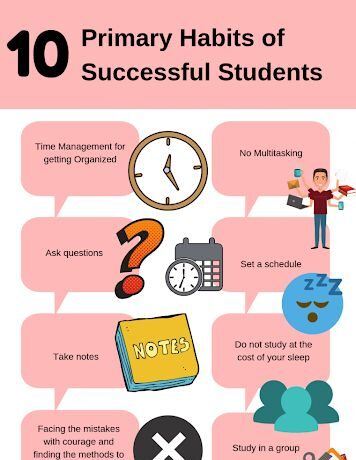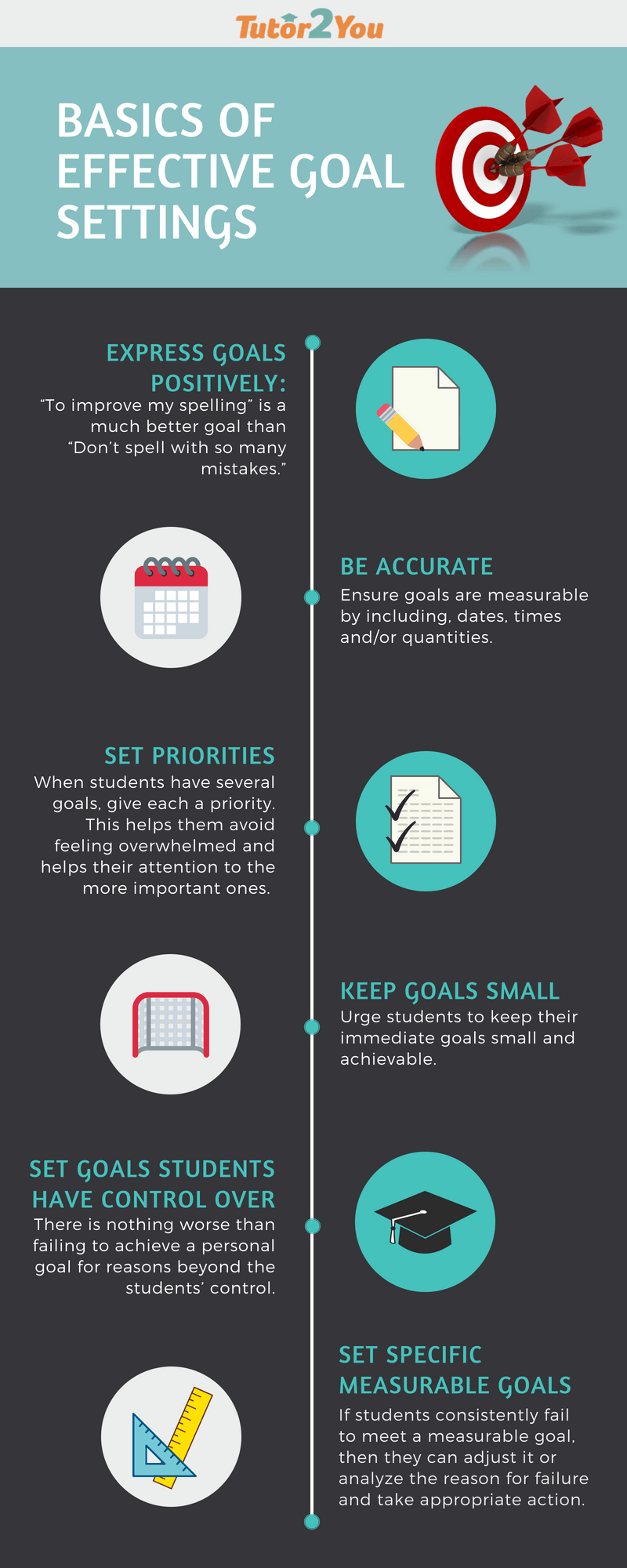6 Basics Of Effective Goal Settings Infographic
- Express goals positively: “To improve my spelling” is a much better goal than “Don’t spell with so many mistakes.”
- Be accurate: If students set an accurate goal, putting in dates, times and amounts so that achievement can be measured and can be satisfied at achieving it.
- Set priorities: When students have several goals, give each a priority. This helps them avoid feeling overwhelmed and helps their attention to the more important ones.
- Keep goals small: Urge students to keep their immediate goals small and achievable.
- Set goals students have control over: There is nothing worse than failing to achieve a personal goal for reasons beyond the students’ control.
- Set specific measurable goals: If students consistently fail to meet a measurable goal, then they can adjust it or analyze the reason for failure and take appropriate action.







You can adjust your cookie preferences here.